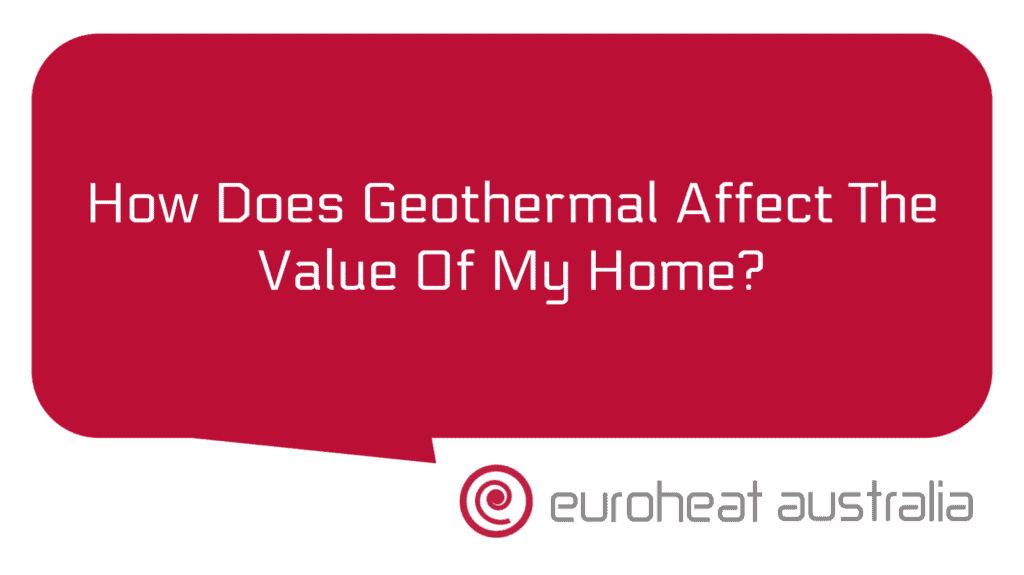When it comes to heating your home, solar hot water systems are an increasingly popular option for Australian homeowners. Solar hot water systems are a great way to cut energy costs and reduce your carbon footprint, but with so many different types of solar hot water systems available, it can be hard to know which one is right for your home. In this article, we’ll look at the different types of solar hot water systems available for Australian homes and their associated benefits.
The most common type of solar hot water system used in Australia is the flat plate collector system. This type of system consists of flat plates called absorbers that are placed in direct sunlight and absorb heat from the sun’s rays. The heat then passes through tubing to a storage tank where it is stored for later use. This type of system is usually installed on the roof of a home and is relatively inexpensive and easy to install. The main benefit of this type of system is that it can be used in most climates, making it a great option for homes in any part of Australia.
Another popular option is the evacuated tube collector system. This type of system consists of tubes made from glass or metal that are placed in direct sunlight and absorb heat from the sun’s rays. The heat then passes through piping to a storage tank where it is stored for later use. This type of system is often more expensive than flat plate systems, but has several advantages such as greater efficiency and better performance in cooler climates. One major benefit of this type of system is that it can be used year-round, making it a great option for those who live in cooler climates or experience frequent cold spells during the winter months.
Finally, there are also hybrid solar hot water systems that combine both flat plate collectors and evacuated tube collectors into one unit. These systems offer higher efficiency than either flat plate or evacuated tube collectors alone and often have lower installation costs as well. The main benefit of these types of systems is that they can be used in any climate, making them an ideal choice for those who live in areas with varying temperatures throughout the year or who experience frequent cold spells during winter months.
No matter which type you choose, installing a solar hot water system can result in significant savings on energy bills over time due to decreased reliance on traditional fossil fuel sources such as natural gas or electricity for heating water needs. Additionally, installing a heat recovery system such as Euroheat’s ‘Chill & Heat’ Recycling System will help you further reduce energy costs by recycling the wasted energy from your air conditioning condenser unit & cooling tower back into usable heating & cooling power – resulting in cost savings up to 40%! Both installation & design services are offered by Euroheat Australia, Perth engineers & installers with 30 years’ experience designing & constructing hydronic heating & cooling systems – so you know you’ll get an expertly designed & installed solar hot water set up when you choose Euroheat!





